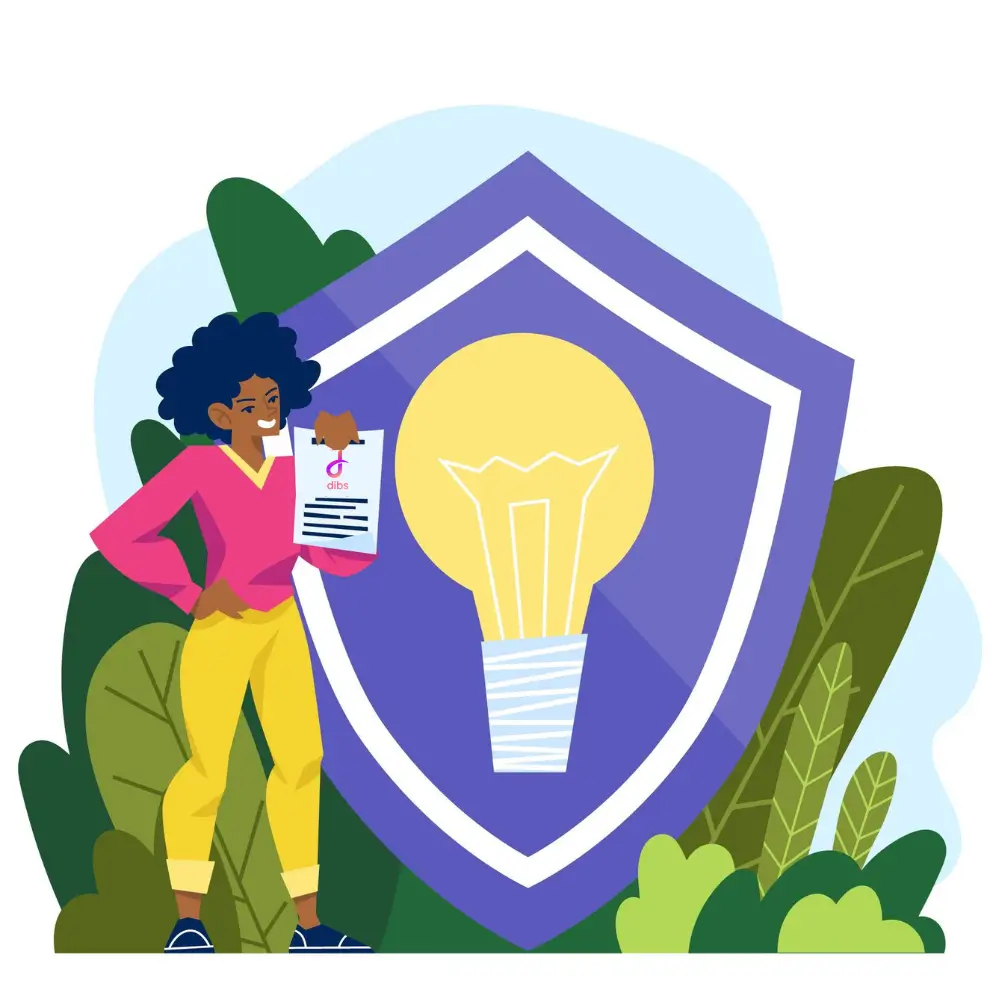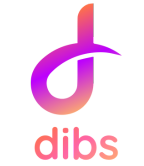- blog28
How to Safeguard Your Creative Work from Unauthorized Use

When you create something, it’s a part of you. You’ve created your work, whether it’s a painting, a photo, a song, or a design. It’s something you’ve put time and effort into. But what happens when someone uses your work without your permission? Unauthorized use of creative work can frustrate and damage your reputation and income.
We will walk you through identifying if your work has been stolen, your legal rights, and practical steps for how to stop content theft. We’ll introduce you to Dibs, a simple and effective way to safeguard your intellectual property.
Why Protecting Your Creative Work Matters
Your creative work is valuable. It is important to know how to protect your creative works. It’s not just about the money—it’s about your rights as a creator. When someone uses your work without permission, it’s not just unfair; it’s a form of intellectual property theft.
Protecting your work ensures that:
- You get credit for your efforts.
- You control how your work is used.
- You can take copyright infringement actions if someone steals or misuses your work.
Without adequate protection, you risk losing control over your creations, leading to financial losses and damaging your reputation.
How to Identify If Your Work Has Been Stolen
The first step in handling the unauthorized use of creative work is knowing how to spot it. Here are some ways to check if your work has been stolen:
- Reverse Image Search: If you’re a photographer or artist, use tools like Google Reverse Image Search to see if your visuals are being used elsewhere.
- Plagiarism Checkers: For writers, plagiarism detection tools can help identify copied content.
- Social Media Monitoring: Closely monitor platforms where your work might be shared without credit.
- Regular Google Searches: Search for your name, work titles, or unique phrases from your content to see if they appear elsewhere.
If you find your work being used without permission, don’t panic. There are ways to address the issue.
Legal Rights and Protections
When it comes to copyright infringement protection, understanding your legal rights is crucial. Here’s what you need to know:
- Copyright Law: In most countries, your work is immediately protected by copyright as soon as it’s created. However, registering your work can provide additional legal benefits.
- Cease and Desist Letters: If you come across unauthorized use of your creative work, sending a formal cease and desist letter is often the initial step.
- DMCA Takedown Notices: For online content, you can file a DMCA (Digital Millennium Copyright Act) takedown notice to have the stolen work removed.
- Legal Action: In severe cases, you may need to take legal action to enforce your rights and seek compensation.
While these options are effective, they can be time-consuming and expensive. That’s where Dibs comes in.
Case Studies & Real-World Examples
Let’s look at some real-world examples of how creators have handled the unauthorized use of their work:
- Photographer vs. Social Media Influencer: A photographer discovered their image being used by an influencer without credit. By sending a DMCA takedown notice, they had the image removed and negotiated compensation.
- Writer vs. Blog Plagiarism: A writer found their article copied word-for-word on another blog. They used a plagiarism checker as evidence and successfully filed a copyright infringement claim.
- Artist vs. Unauthorized Merchandise: An artist found their designs being sold on merchandise without permission. They used Dibs to establish proof of possession and took legal action to stop the sales.
These examples show that taking action is possible, but prevention is always better than cure.
Frequently Asked Questions (FAQs)
Keep an eye on where your work ends using reverse image search, plagiarism checkers, and regular online searches.
First, document the unauthorized use and collect evidence. Then send a cease and desist letter or file a DMCA takedown notice.
No. Your work is automatically protected by copyright when it’s created. But registration can unlock additional legal benefits.
Dibs lets you claim your work with a simple certificate proving you own it and making enforcing your rights easier.
Dibs is an easy and inexpensive way to get protection for your work at a fraction of the cost of traditional legal protection.
Watermarking will deter thieves, making it easier to prove ownership if your work is stolen.
Use tools like Dibs to establish ownership, watermark your work, and monitor its use online.
Dibs: A shield for creativity
Trademarks and copyrights are often considered the gold standard for protecting intellectual property, but they can be costly and time-consuming. Dibs offers a simpler, more immediate solution.
From the moment you create something, Dibs lets you claim your work and get a certificate to prove it. Whether you’re an artist, writer, photographer or designer, Dibs ensures your job is respected and credited correctly.
So why wait? Call Dibs on your work and do what you do best—create. With Dibs, you can ensure intellectual property protection without the hassle, giving you peace of mind and the freedom to create.
Summing up
Copyright infringement protection is a big problem, but you don’t have to tackle it alone. By learning about your rights, watching your work, and using tools like Dibs, you can protect your creations and take action if they’re stolen.
Remember that your work is valuable and you should be able to control what happens to it. Don’t wait until someone infringes on your rights—take action to protect your intellectual property today.
